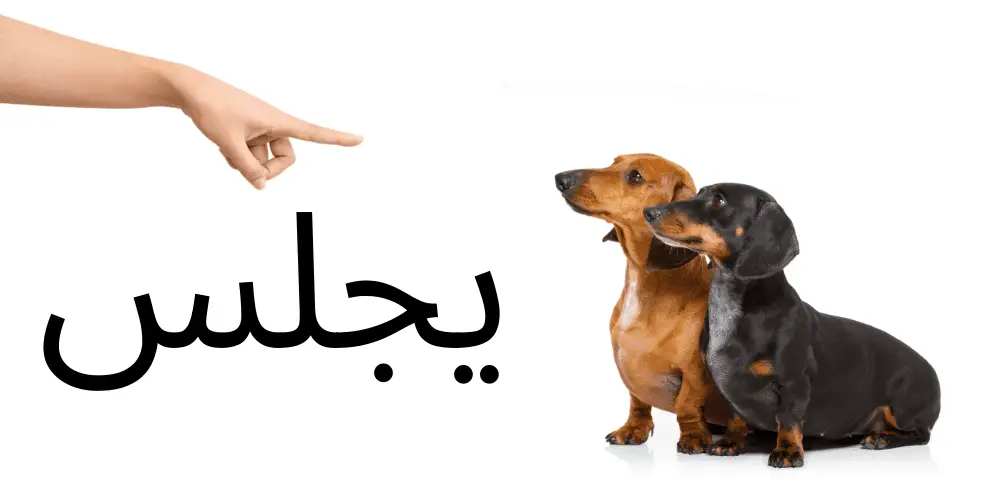Teaching your four-legged friend commands in Arabic can create a special language shared only between you and your pups, that is if you aren’t living in a heavily Arabic speaking populous. It’ll only respond to your commands or others you’ve made privy to what language the dog responds.
We’ll talk a bit more about reasons to teach your dog commands in different languages, but first, as advertised, here are some of the most common dog commands in Arabic translated from English.
1. Sit – “Tajlis” ( اجلس )
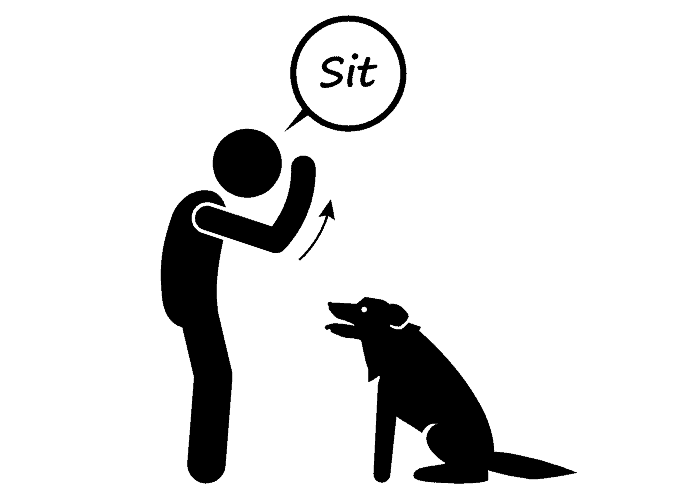
The sit command is one of the most widely used commands in dog training and for a good reason. “Sit” often precedes many combinations of other commands.
When a dog is taught to “tajlis,” it promotes a state of calm and concentration. For most breeds, dog treats (doggie biscuits) are a great promoter to get your dog to learn the sit command quickly. Frankly, even poorly trained dogs learn to sit using this method, even if that’s all they know.
2. Stay – “tabaqaa” ( تبقى )
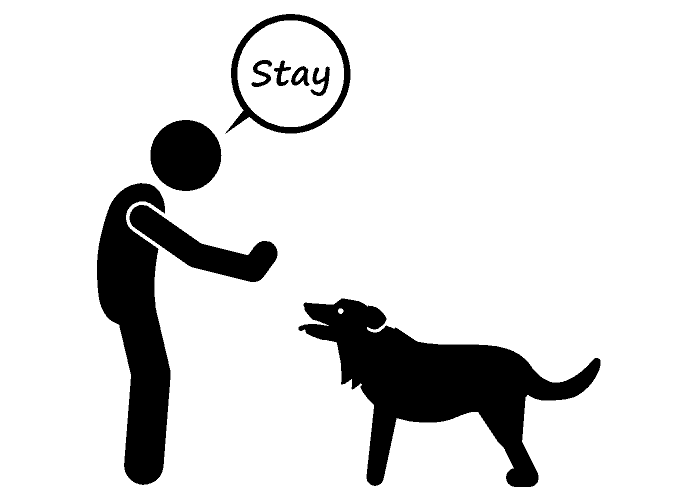
Often, after teaching a dog to sit down or to “yajlis,” “stay” or “yaqdi” often follows. Stay is another important command because many circumstances frequently arise that would cause you to want your dog to stay put.
Moving furniture around, for example, bringing in groceries, or when there’s a visitor at the door, are just a few reasons you’d want your dog to stay.
This helps you to maneuver about freely without being tripped up by the dog or spares a visitor from being intimidated (or irritated) by a dog’s rambunctious welcome.
3. Come – “Yati” ( آتي )
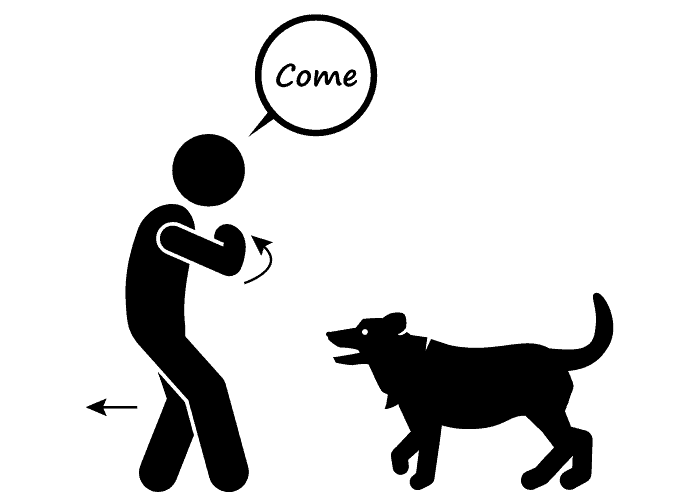
The “come” command can sometimes follow “Stay or “yaqdi” and is just as universally used. Come is a quick and easy command that tells the dog where you’d like him to be.
For example, if you’re out for a walk with your dog, and a black bear happens across your path, a dog trained to “yati” at your command might save its life.
And yes, I speak from experience with this one. Come isn’t just a command to use for your convenience but also to make it easier to keep the dog safe.
4. Get Down – “Anzil” ( انزل )
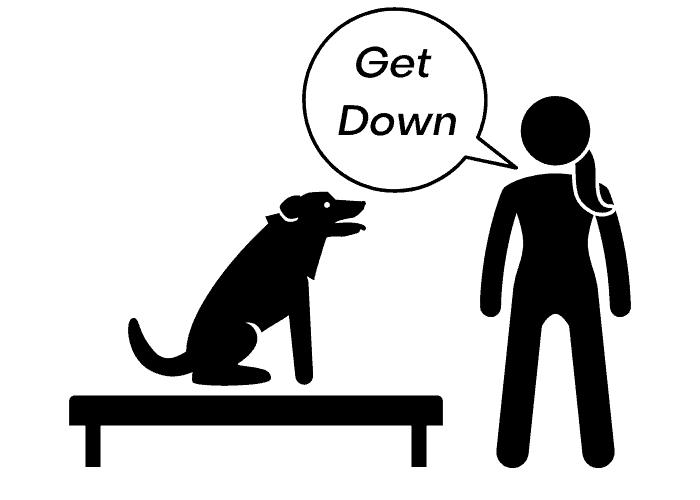
Unless you’re training your dog to do tricks, teaching your dog to “get down” or “anzil” is an attempt to correct bad or unwanted behavior.
Some circumstances could be if you catch your dog standing up to reach for goodies on the countertop or if someone walks in and the dog is in danger of tackling the visitor.
Either of these and several other similar circumstances would be a good cause to unleash the “get down” command.
5. Lay Down – “Arqad” ( ارقد )
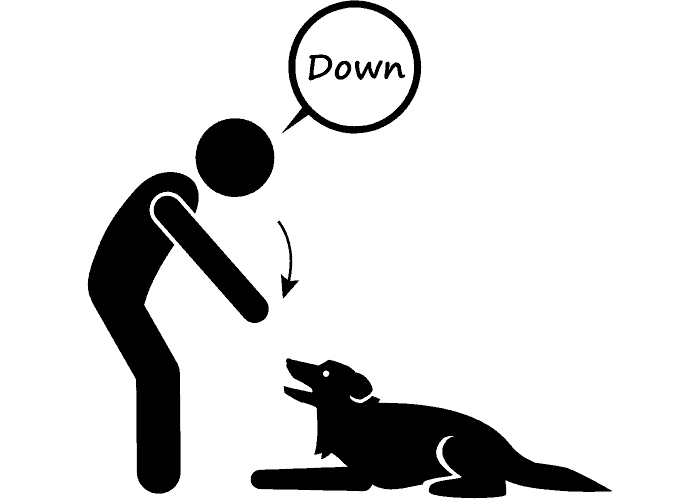
Unlike the “anzil” command, “lay down” or “arqad” is a command that tells the dog something to do rather than a correction.
When it’s time to lie down, there’s a shift in energy being requested, or it’s time for the dog to tone it down a couple of notches.
6. Fetch – “Ahdur” ( أحضر )
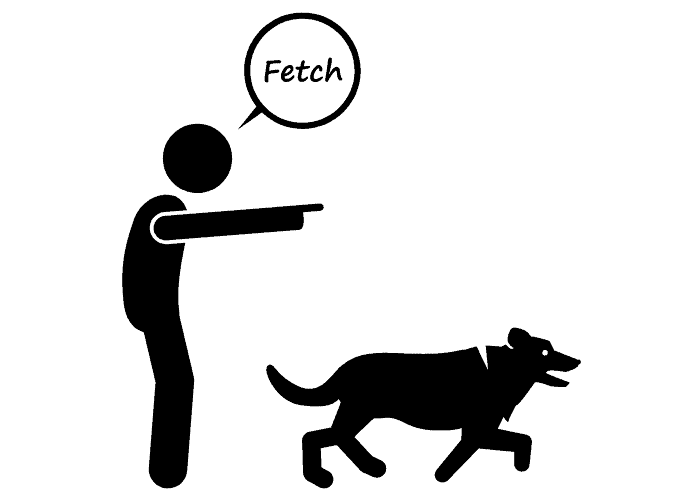
The “fetch” command is often used in play regarding family dogs, but this command takes a whole new meaning if the dog is intended to do some work. All service dogs, for example, will fetch things for their owners to an amazing extent- from dropped remotes to medication.
But for the most part, owners have their dogs as pets and are happy to use the fetch or “ahdur” command when out in the yard or at the park playing ball or frisbee.
7. No – “La” ( لا )
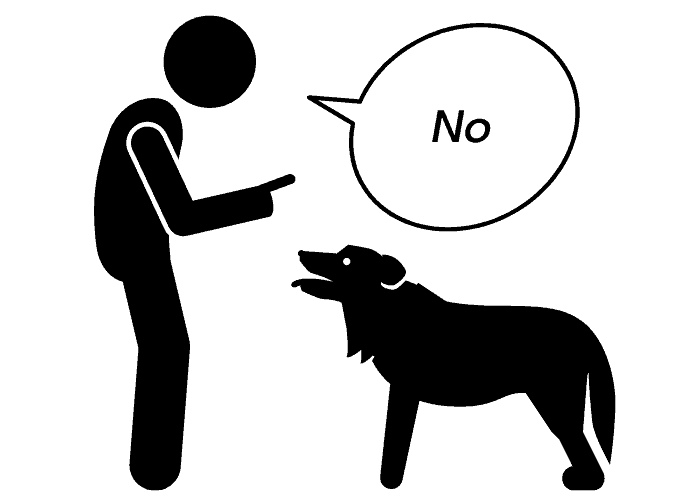
For the early years, “no” is something you might get tired of hearing yourself say to your pup after a while (depending on how difficult it is to train your dog). Nonetheless, the “la” command eventually makes life much easier around the house or out and about with your dog.
8. Heel – “Kaeb” ( كعب )
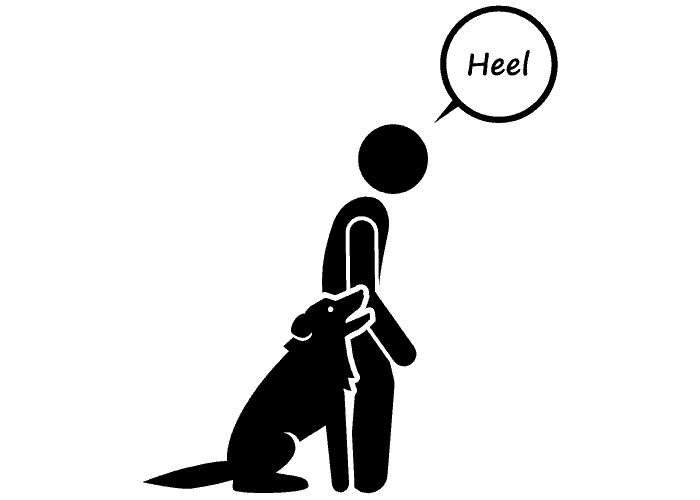
Many circumstances arise that make it beneficial if your dog knows how to “heel” or “kaeb.” This command is meant to reel the dog in a bit, keeping it as close to your leg (hence the word heel) as possible.
This command is great for walking the dog and coming across vehicular or pedestrian traffic.
9. Go – “Adhhab” ( اذهب )
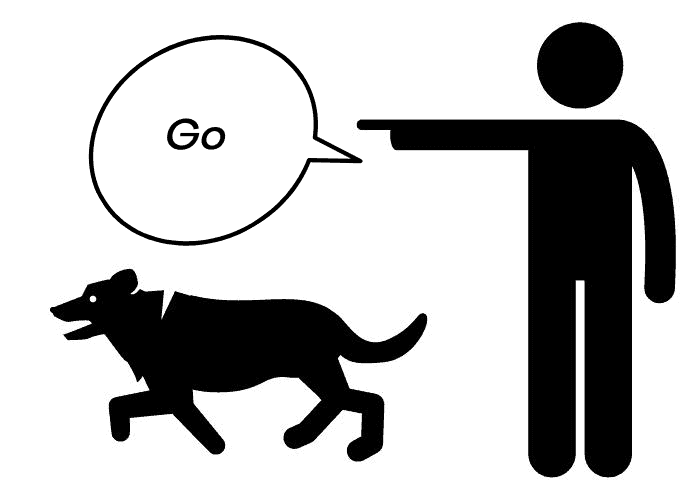
The “go” command is used for a couple of reasons. One is to send your dog off for some reason. If you’re trying to eat and the dog won’t leave you alone, you’d want to tell it to “yadhhab,” while pointing toward the room it should go to.
Another is if you’ve had it waiting in the heel or stay commands, allowing it to proceed. After a toy, for example, during playtime.
10. Quiet – “Hadi” ( هادئ )
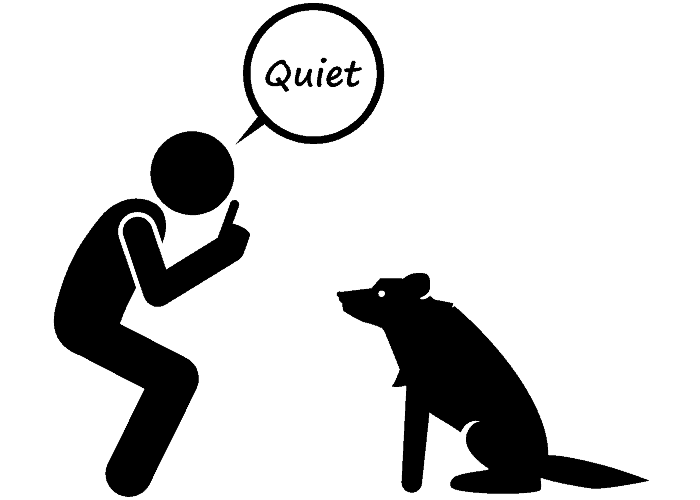
This command is particularly useful if you live in an apartment building or a quiet neighborhood. “Quiet” or “hadi” would be an important command to teach your dog to keep complaints down.
It also would be useful for hunters that need their companions to be quiet when the game comes near.
Why Teach Dog Commands in Other Languages?
The quick answer would be to avoid confusion. When you teach your dog commands in a language different than what’s used locally, your dog won’t pay attention to other commands by people using the local language.
This also helps around the house. If an owner is telling their child to go and sit down, the dog won’t beat the child to it and likely won’t know what the owner is talking about. That is- if they aren’t saying it in the “command” language.
Final Thoughts
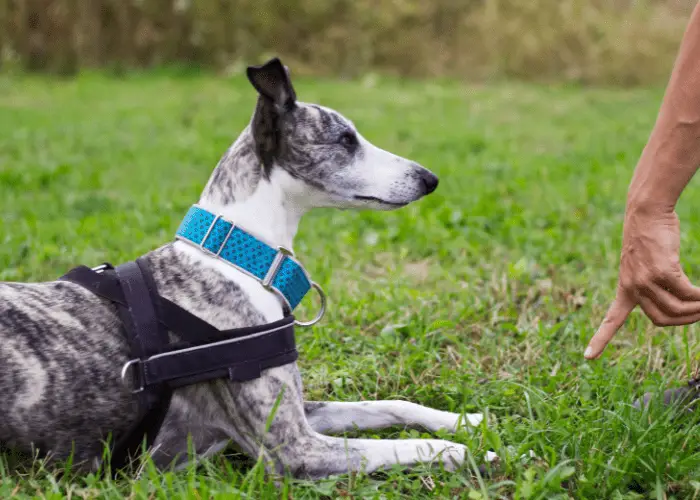
Dog owners can go through some tough times while training their dogs under normal circumstances- particularly if they’re new to dog ownership.
So, why further the process by teaching their pups dog commands in Arabic?
Arabic can be tricky to learn, so it’s a good choice. Unless there are a lot of Arabic naturals (or families thereof) that live in the area, not too many people, opt to learn this language- at least in most places in the United States.
Because of that, dog commands in Arabic can work out well relating to avoiding confusion, leaving it a mystery to others what ’you’re telling your dog to do. You will cut through the language the dog hears from everyone else throughout the day.

